NPs Basic Information
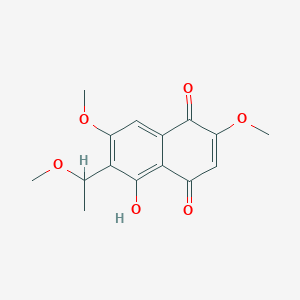
|
Name |
6-(1-Methoxylethy1)-2,7-dimethoxyjuglone
|
| Molecular Formula | C15H16O6 | |
| IUPAC Name* |
5-hydroxy-2,7-dimethoxy-6-(1-methoxyethyl)naphthalene-1,4-dione
|
|
| SMILES |
CC(C1=C(C=C2C(=C1O)C(=O)C=C(C2=O)OC)OC)OC
|
|
| InChI |
InChI=1S/C15H16O6/c1-7(19-2)12-10(20-3)5-8-13(15(12)18)9(16)6-11(21-4)14(8)17/h5-7,18H,1-4H3
|
|
| InChIKey |
MPVDQQCJVAESHC-UHFFFAOYSA-N
|
|
| Synonyms |
CHEMBL4873722; 6-(1-methoxylethy1)-2,7-dimethoxyjuglone; 2,7-dimethoxy-5-hydroxy-6-(1-methoxyethyl)-1,4-naphthoquinone
|
|
| CAS | NA | |
| PubChem CID | 129730006 | |
| ChEMBL ID | CHEMBL4873722 |
*Note: the IUPAC Name was collected from PubChem.
Chemical Classification: |
|
|
|---|
——————————————————————————————————————————
NPs Species Source
| Endophyte ID | Endophyte Name | Family | Genus | Taxonomy ID | GenBank ID | Closest GenBank ID | Reference | |
|---|---|---|---|---|---|---|---|---|
| Endophyte ID | Endophyte Name | Family | Genus | Taxonomy ID | GenBank ID | Closest GenBank ID | Reference |
NPs Biological Activity
| Bioactivity Name | Target ID | Target Name | Target Type | Target Organism | Target Organism ID | Potency of Bioactivity | Activity Type | Value | Unit | Endophyte ID | Endophyte Name | |
|---|---|---|---|---|---|---|---|---|---|---|---|---|
| Bioactivity Name | Target ID | Target Name | Target Type | Target Organism | Target Organism ID | Potency of Bioactivity | Activity Type | Value | Unit | Endophyte ID | Endophyte Name |
NPs Physi-Chem Properties
| Molecular Weight: | 292.28 | ALogp: | 1.9 |
| HBD: | 1 | HBA: | 6 |
| Rotatable Bonds: | 4 | Lipinski's rule of five: | Accepted |
| Polar Surface Area: | 82.1 | Aromatic Rings: | 2 |
| Heavy Atoms: | 21 | QED Weighted: | 0.918 |
——————————————————————————————————————————
NPs ADMET Properties*
ADMET: Absorption
| Caco-2 Permeability: | -5.048 | MDCK Permeability: | 0.00001270 |
| Pgp-inhibitor: | 0.007 | Pgp-substrate: | 0.001 |
| Human Intestinal Absorption (HIA): | 0.026 | 20% Bioavailability (F20%): | 0.005 |
| 30% Bioavailability (F30%): | 0.005 |
——————————————————————————————————————————
ADMET: Distribution
| Blood-Brain-Barrier Penetration (BBB): | 0.011 | Plasma Protein Binding (PPB): | 90.20% |
| Volume Distribution (VD): | 0.721 | Fu: | 17.77% |
——————————————————————————————————————————
ADMET: Metabolism
| CYP1A2-inhibitor: | 0.886 | CYP1A2-substrate: | 0.969 |
| CYP2C19-inhibitor: | 0.05 | CYP2C19-substrate: | 0.339 |
| CYP2C9-inhibitor: | 0.342 | CYP2C9-substrate: | 0.779 |
| CYP2D6-inhibitor: | 0.326 | CYP2D6-substrate: | 0.653 |
| CYP3A4-inhibitor: | 0.234 | CYP3A4-substrate: | 0.223 |
——————————————————————————————————————————
ADMET: Excretion
| Clearance (CL): | 9.982 | Half-life (T1/2): | 0.691 |
——————————————————————————————————————————
ADMET: Toxicity
| hERG Blockers: | 0.006 | Human Hepatotoxicity (H-HT): | 0.195 |
| Drug-inuced Liver Injury (DILI): | 0.753 | AMES Toxicity: | 0.467 |
| Rat Oral Acute Toxicity: | 0.442 | Maximum Recommended Daily Dose: | 0.567 |
| Skin Sensitization: | 0.861 | Carcinogencity: | 0.039 |
| Eye Corrosion: | 0.005 | Eye Irritation: | 0.882 |
| Respiratory Toxicity: | 0.57 |
——————————————————————————————————————————
*Note: the ADMET properties was calculated by ADMETlab 2.0. Reference: PMID: 33893803.
Similar Compounds*
Compounds similar to EMNPD with top10 similarity:
| Similar NPs | Similar Drugs | ||||||
|---|---|---|---|---|---|---|---|
| NPs ID | NPs 2D Structure | Similarity Score | TTD ID | Drug 2D Structure | Similarity Score | ||
| ENC002319 |  |
0.800 | D0C1SF |  |
0.344 | ||
| ENC005329 |  |
0.787 | D06GCK | 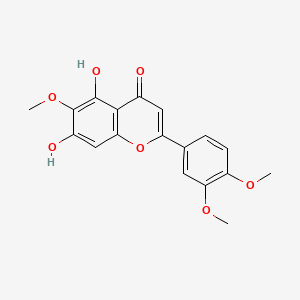 |
0.302 | ||
| ENC005149 | 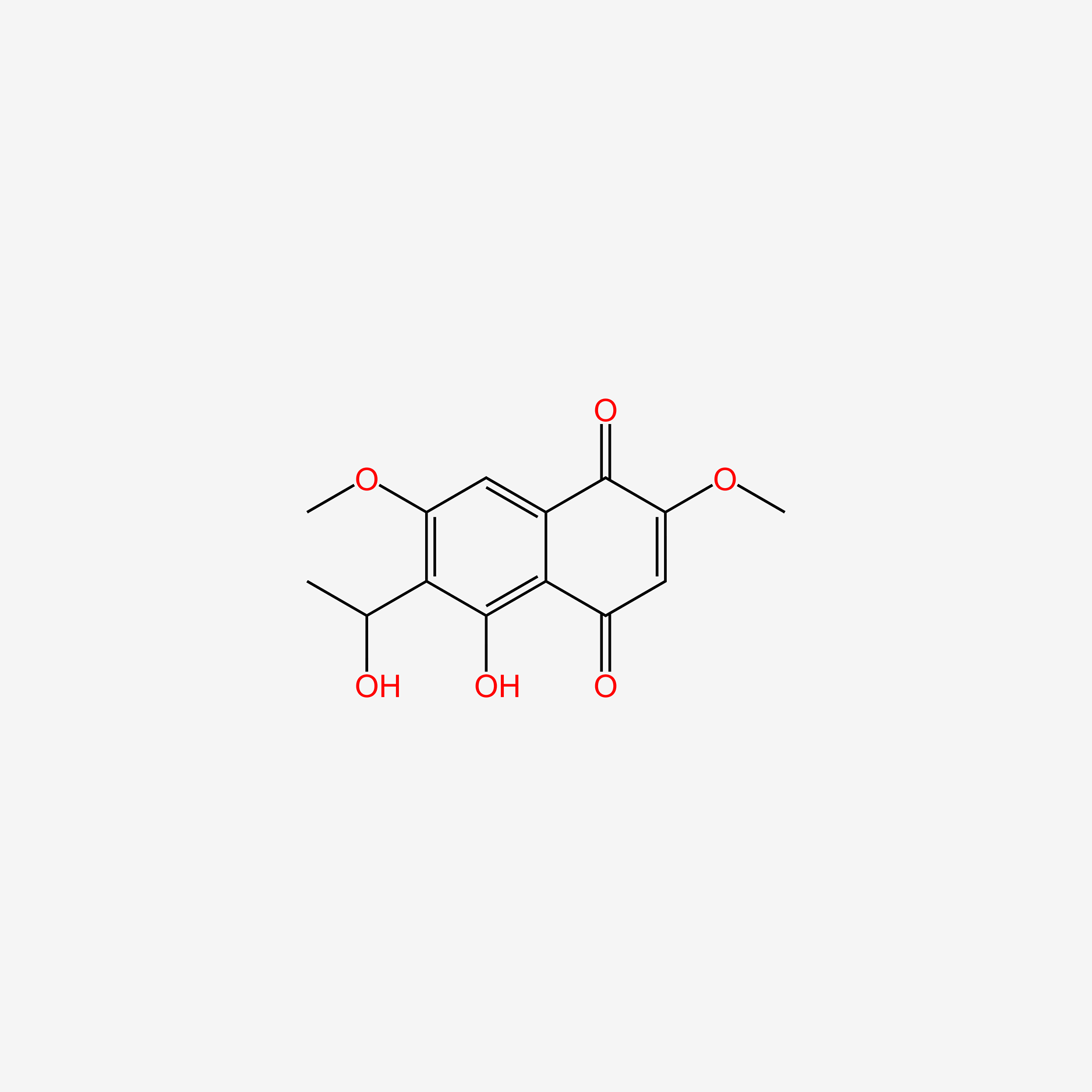 |
0.787 | D02LZB | 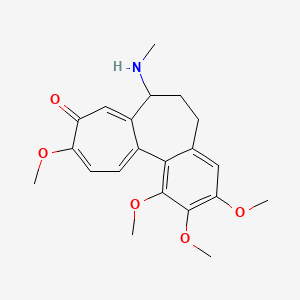 |
0.284 | ||
| ENC005160 | 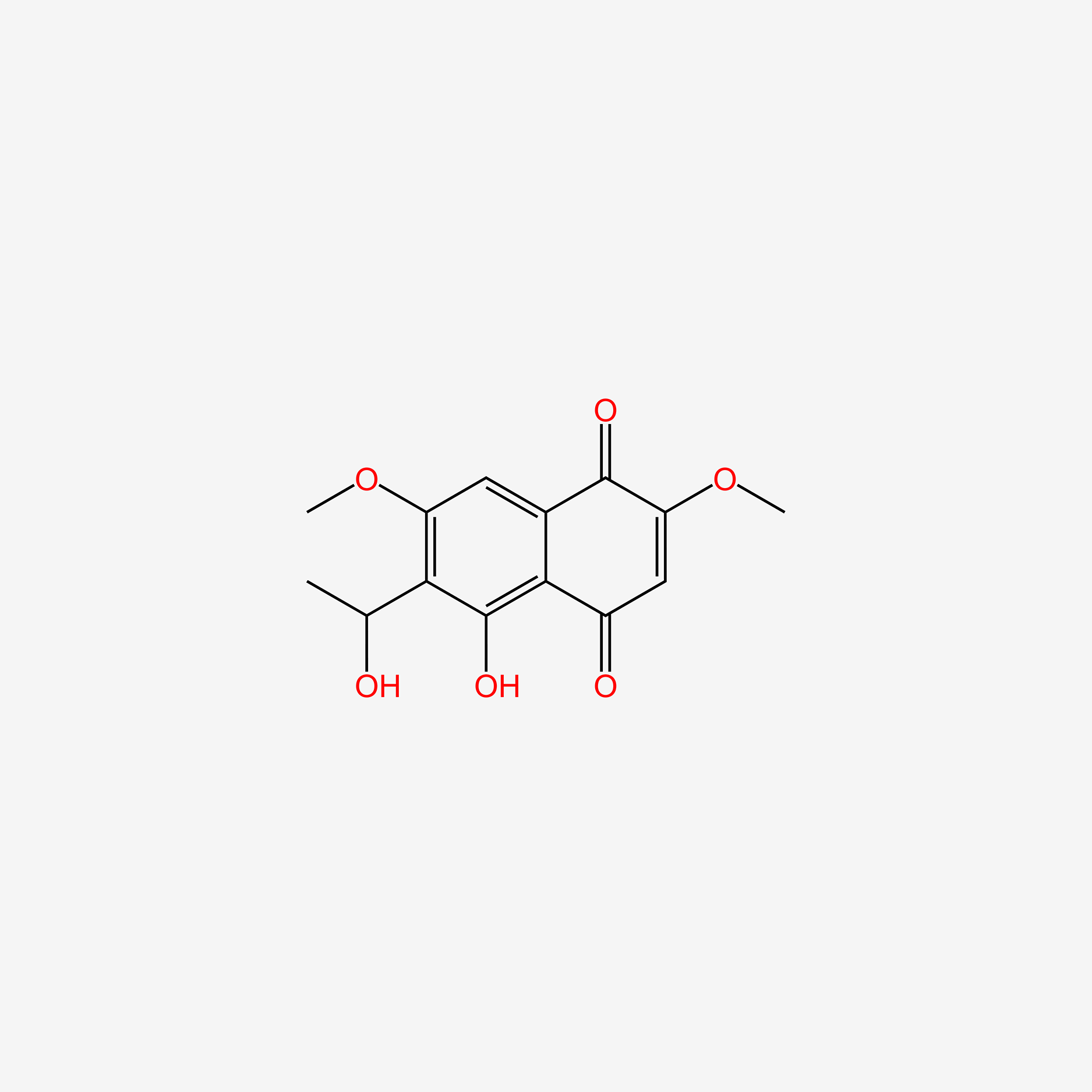 |
0.787 | D09DHY | 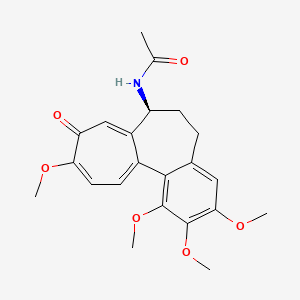 |
0.283 | ||
| ENC005330 |  |
0.672 | D09GYT | 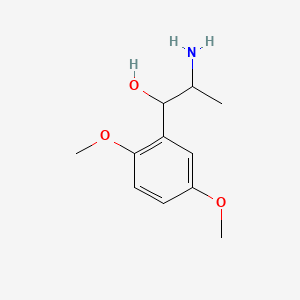 |
0.263 | ||
| ENC005150 | 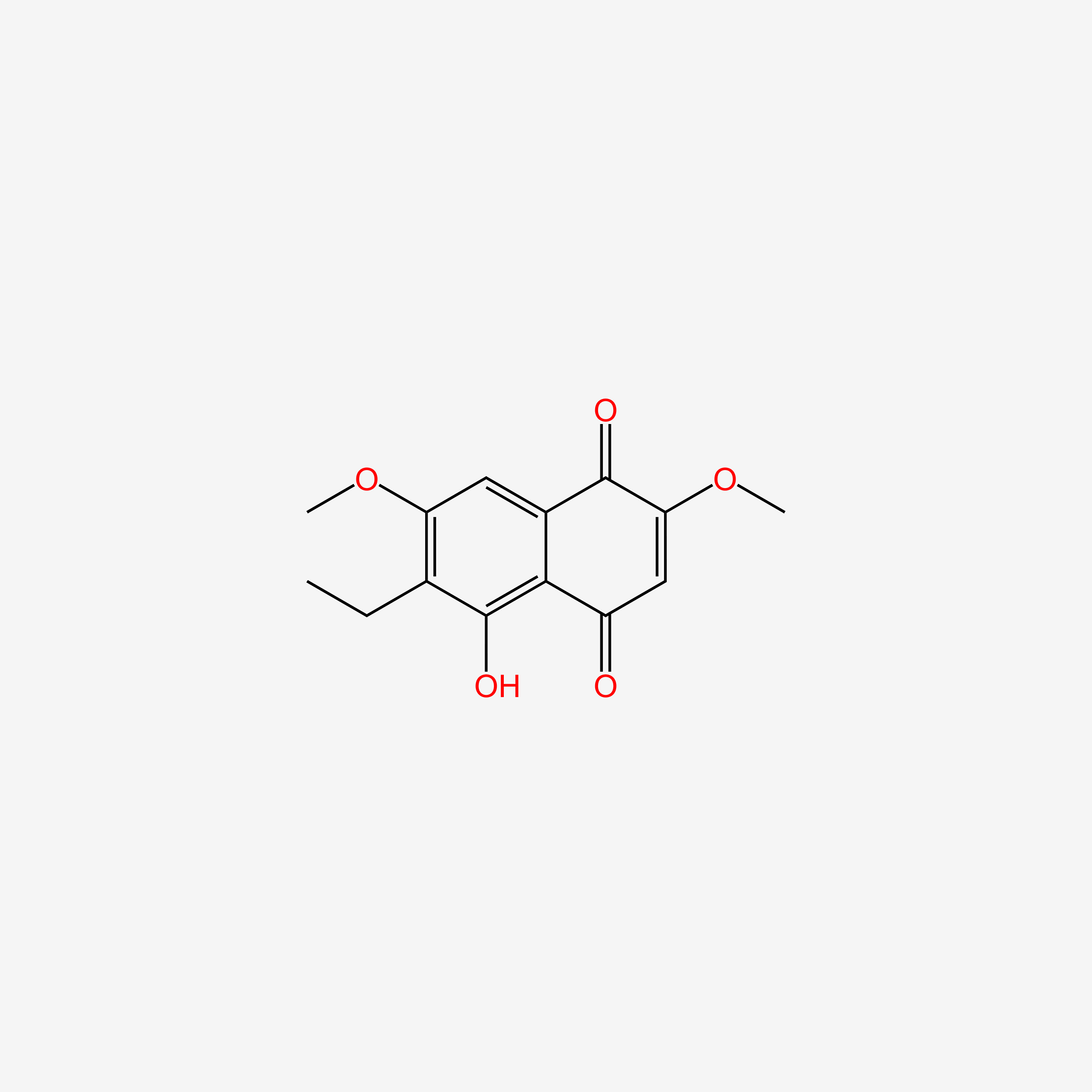 |
0.672 | D0F4ZY |  |
0.255 | ||
| ENC002318 |  |
0.672 | D0G4KG | 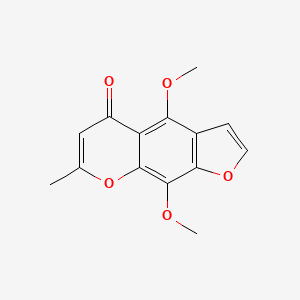 |
0.253 | ||
| ENC004188 |  |
0.490 | D0AO5H |  |
0.253 | ||
| ENC005148 | 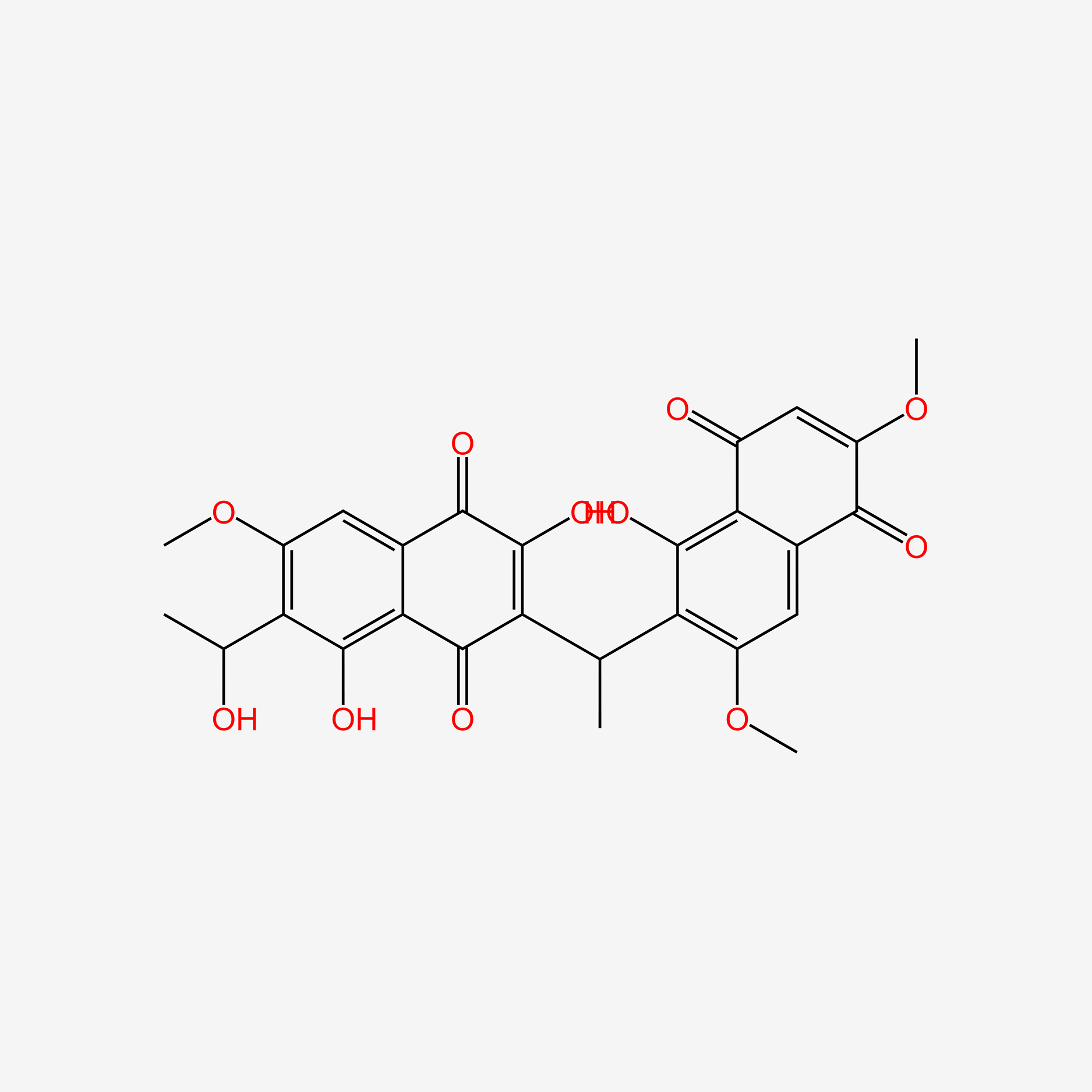 |
0.481 | D09PJX |  |
0.250 | ||
| ENC005208 |  |
0.456 | D04TDQ |  |
0.248 | ||